Online Courses
How to Run a Corporate Online Training Course in 2025
Businesses are investing in their employees now more than ever. Why not be part of the movement?
Author
Last Updated
February 6, 2025

If the Great Resignation has taught us anything, it’s that businesses must invest in their employees! It’s not about offering trendy perks like hosting Friday happy hours, catered lunches every Tuesday, or fancy gym memberships. Keeping talented employees means offering competitive salaries, providing them with reviews and raises, investing in their health, and keeping them engaged.
This means acknowledging their changing work environment by offering flexible work schedules, work-from-home stipends, and providing them with updated equipment and tools. But keeping employees engaged also entails investing in their careers by creating learning opportunities.
To remain competitive in your industry, businesses need employees who are knowledgeable, willing to learn, and interested in developing new and existing skills. And a great way to do this is by presenting them with online training courses.
Whether you’ve taken on a training role in your company, or you’ve decided to offer your expertise to businesses, we’ll show you how to run an online training course and join this growing movement of businesses investing in their employees.
If you want more support in building your online course and community, come join OUR Mighty Community for free and meet other new and established community owners! We’d love to meet you. Join for free!
What is a corporate online training course?
Online training is here to stay, as more and more people want the freedom and flexibility to learn from anywhere, whether it’s from a beach in Bali or in the comfort of their homes.
An online training course (also known as distance learning or e-learning) is designed to teach a certain skill and/or knowledge to students over the internet. The instructor can do this by incorporating a variety of elements to keep students engaged, like polls, Q&As, video, and more.
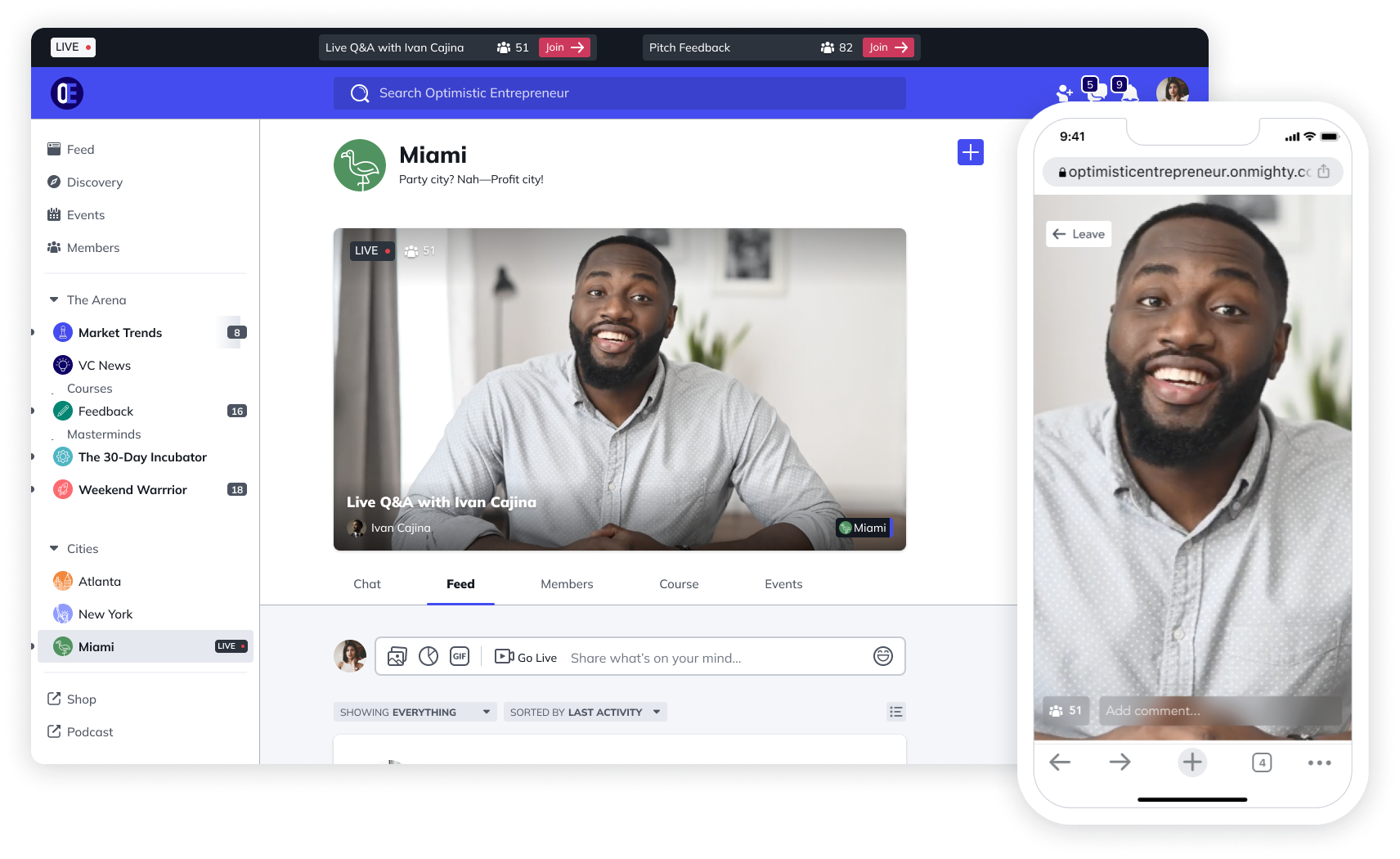
When we talk about a corporate online training course, we mean ones specifically designed for upskilling employees. These might include company-wide training modules, like cybersecurity, process improvement (work smarter, not harder), or diversity, equity and inclusion (DEI) training. On the other hand, a corporate online training course can be targeted at a specific area of the company, such as the digital marketing department, the sales team, or leadership.
Although an entire industry has sprung up around creating corporate online training, many companies design courses in-house. So, let’s look at who runs these courses and how to design them.
Who should run a corporate online training course?
Businesses
Companies that want to retain their employees should be investing in them. In this competitive talent marketplace, including growth opportunities and employee development is becoming more vital than ever to promote workplace happiness and talent retention.

This is a great way to not only invest in your employees but also boost your bottom line. When you improve employee performance and engagement, it can also improve customer satisfaction.
Online training courses can also work in tandem with streamlining and automating of processes by ensuring all employees are up-to-date on your company’s best practices. This saves time, reduces errors, and saves your company money.
B2B Educators
Corporate online training courses aren’t just created by businesses for businesses, they can also be created by third-party consultants. If you’re an educator, or you have experience/knowledge that can benefit companies, why not sell an online training course to businesses?
Business-to-business (B2B) educators are particularly valuable for those tricky topics, like DEI, where companies might not be willing to develop or deliver courses internally.
Consider the topics you have experience with, and think about how you can share that experience in a way that helps employees grow. Keep in mind that a company might not realize it needs a training course on a topic until you pitch it to them as essential to their bottom line.
Running an online training course as a B2B educator gives you a consulting model that you can scale to serve many companies at once, and it helps you develop and preserve your IP.
How to run an online training course
Before you even start creating your online course, you need to lay the groundwork. You need to be clear what your topic is about, who your audience is, and what platform you’ll be using.
This will involve some brainstorming, some interviewing, and even some testing, but it will help you more in the long run; otherwise, you’ll be piecing things together in a way that probably won’t make sense. That’s why we’re going to start off with the basics.
1. Define the organization’s needs
If you’re a business looking to create an online training course for your employees, you likely know where your organization can boost its learning. You may still have to conduct some internal research (even a simple, anonymous survey will do) to figure out the gaps in knowledge.
Maybe the marketing team is new and needs a search engine optimization (SEO) course, or maybe the entire organization has started using new technology, so all employees need a cybersecurity essentials training course.
If you’re a B2B educator, you may have to do more preliminary research about the organization’s needs. What areas are they falling short in? What could be improved upon?
Maybe you see something that they’re not even aware of (e.g. they’re losing top candidates because of a lengthy and time-consuming recruiting process). Can you save the organization time? Money? Can you help their employees become more efficient or learn a new skill to become a leader in their industry?
Don’t be afraid to ask! Develop connections, conduct interviews (more on that later), and do your research. Be prepared to ask questions about the organization, but also be prepared to sell yourself and show your value.
2. Decide on your course topic
Before we get into how you choose your course topic, you should first figure out if an online training course is the right solution for the organization.
Can you actually solve their problem with an online training course?
Maybe the solution is much simpler and they actually need a style guide for their marketing team (which may be out of your scope but something they need to sit down and actually write).
On the other hand, maybe this organization’s problem is much more complex and they require a total overhaul of upper management (which is something that can’t be easily solved with an online training course).
If you find that an organization can benefit from an online training course, that’s great!
You’ll now want to choose a topic (we like to call this your Big Purpose) that your students will be excited about and need. We should remind you that you can be an expert on whatever topic you choose, but you don’t need to be. You don’t need fancy credentials or a PhD, but you definitely need a unique perspective and some enthusiasm.
After all, this will require work on your end — find something that doesn’t really feel like it, a topic that you actually enjoy because it will make the journey that much smoother.
No matter what your perspective is, it’s important that you narrow down your course topic! Don’t try to cover everything. For example, let’s say you have experience in sales and worked in a few different industries. Instead of trying to cover everything about sales, pick an area that you could provide value in: converting leads into clients, using a more efficient sales software, or building genuine connections on social media. Being specific about what you’re teaching will save you a lot of headaches, help you focus, and make you more confident.
On top of that, when you have a clear purpose for launching an online training course, your members will have a common goal that brings everyone together.
Here are some questions you can ask yourself to hone in on your unique perspective:
What problems have I successfully solved for myself?
What do I know about X topic?
What can I teach others?
What makes me a good mentor/educator?
What’s unique about my perspective? Think about your background, your identity, your story (things/experiences/events that have shaped you) – all the things that make YOU a unique course instructor.
Answering these questions will get you one step closer to creating and promoting your online training course.
3. Choose the ideal member
After narrowing down your topic, the next step is to figure out who your target audience is. When we say Ideal Member, we’re talking about who would benefit the most from your corporate online training course. These members will be enthusiastic, highly engaged, and motivated about the topic and content you’re offering.
When you know who your Ideal Member is, you’ll be able to customize your content to best suit their needs (e.g. what they are looking to learn, understand, or grow their skill set in). Your Ideal Member might be the entire organization (e.g. if the topic is safety protocols) or a specific department (e.g. if the topic is UX/UI design).
To clarify who your Ideal Member is, you can conduct 1:1 interviews. Ask questions like:
What goals and aspirations do you have?
How are you looking to grow in your career?
Why haven’t you been able to achieve these goals on your own?
What is your biggest misconception about this topic?
As part of our Community Design™ we recommend interviewing people 1:1 to ask them these questions. Your training course will have a much stronger foundation and on top of that, you’ll have a group of people who need your course and will be anticipating it!
Speaking of the Community Design™ process, one of the final steps is what we call a Year in the Life. The purpose of this is to think about where your students will be in one year from when they took your course.
For example, one year from now, your students might be:
Helping others in the organization grow
In a managerial position or received a promotion
More efficient
More knowledgeable in X
Better communicators
Remember that you don’t need to promise the moon with your corporate online training course. You just need to get a clear vision of what your ideal members will have accomplished, and then create a comprehensive roadmap for your content and how it helps them on the road to success.
4. Decide how to deliver
Speaking of your course content, one important aspect is to think through how your course will be delivered.
It’s important that you take everything we’ve discussed so far into consideration — the organization’s needs, course topic, and ideal member — to decide on the length of time and how the course will be delivered. Let’s say your online training course is on LinkedIn marketing for businesses, and the total course is four weeks long.
You have to decide if the content will be dripped, meaning modules are released at the beginning of each week, or if the content will be live, for instance, you deliver the material every Tuesday at noon, or if it will be totally pre-recorded and asynchronous (or some mixture of these).
5. Choose your platform
One of the most important steps in creating an online training course is to choose a robust online course platform where your course can thrive. In the past, this would have been an expensive and time-consuming endeavor, especially if you weren’t familiar with web development (e.g. know how to code, build features for an online course, and have a system to actually charge for your online course).
Now, this is much easier to attain, especially since there are so many great all-in-one platforms available.
Here’s what to look for:
Interactive courses
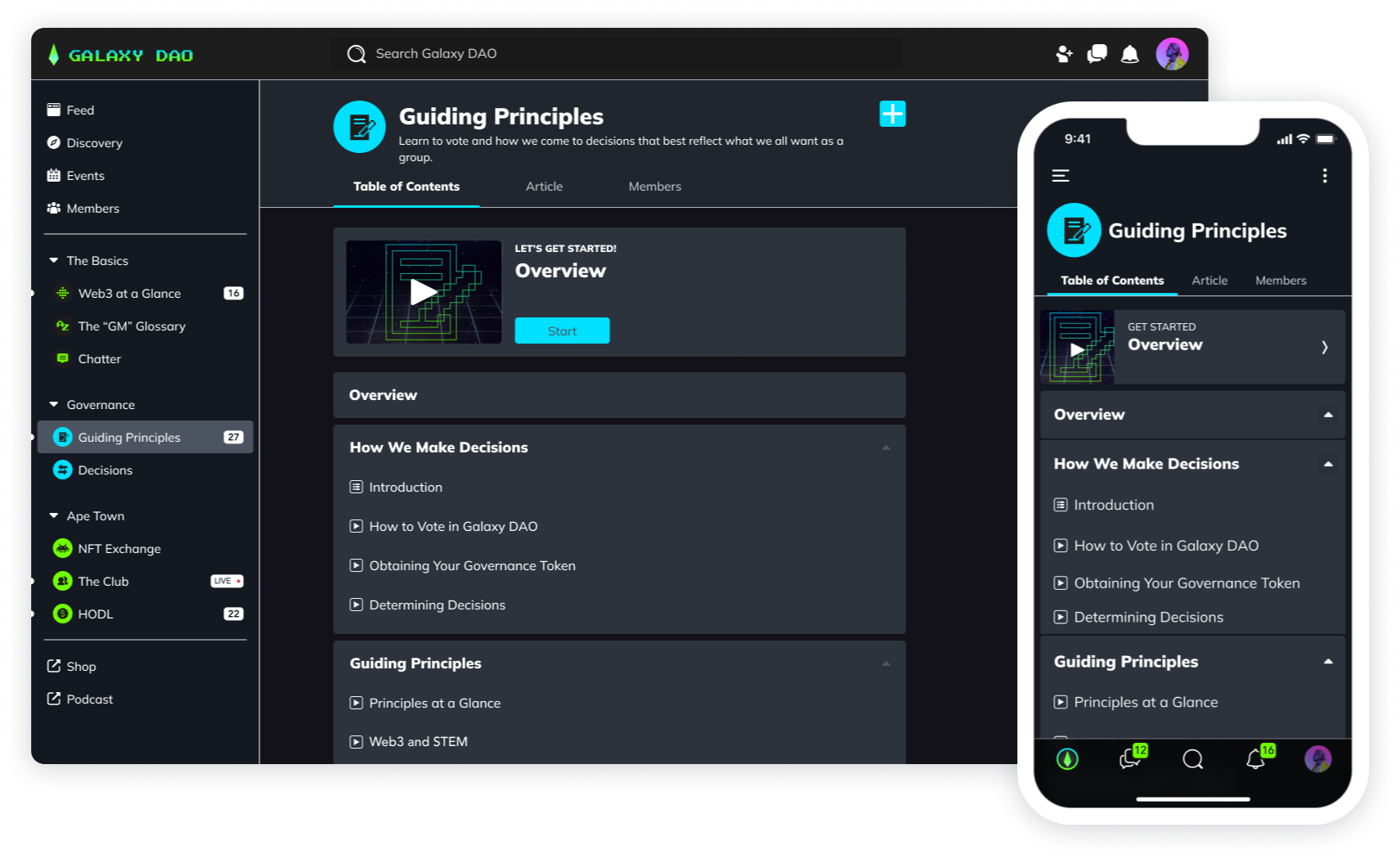
The best courses out there will have a variety of content that keeps their members engaged. When you have the ability to create a wide variety of content, the options are limitless and you get to experiment with what works and what doesn’t work.
This type of content can include:
Polls: you can ask, “What percentage of your day do you spend getting organized and reviewing your goals?” or “How do you feel about work-life balance? Myth or Attainable?”
Videos: instead of a slideshow, why not go on camera and discuss the lesson?
Posts: try doing a member day where you celebrate one member’s story or Motivation Monday, where you get your members to share what motivates them.
Virtual events: have a guest speaker on, or have “office hours” where your members can ask questions and connect with you.
Also, when it comes to posts, don’t solely rely on text-based content! Try using pictures and graphics, even audio posts. Some members may get bored or have a visual impairment (so they can’t stare at their screens for long periods of time), so offering different types of content will appeal to them.
In general, don’t be afraid to experiment and try new things to see what works for your community!
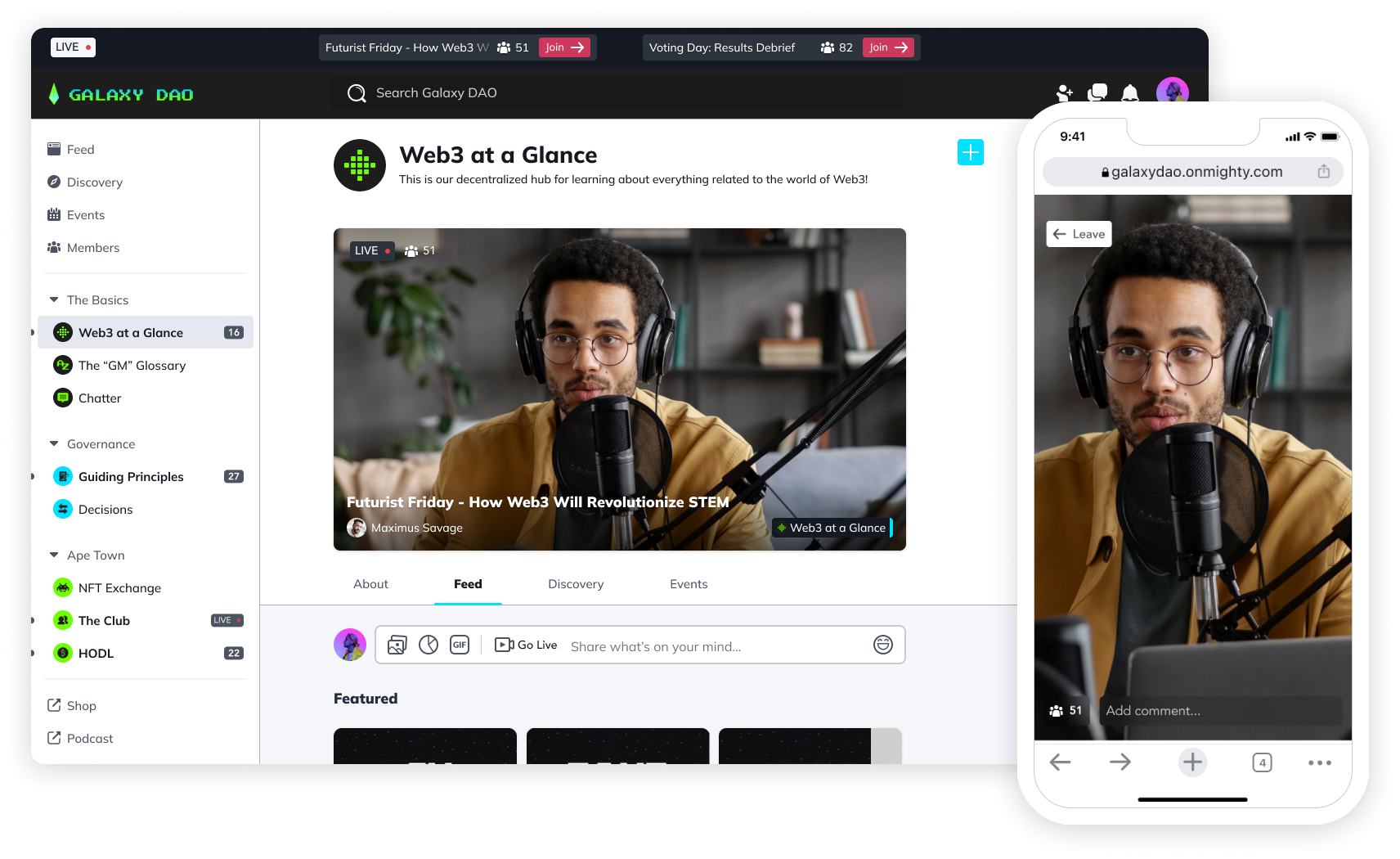
Community
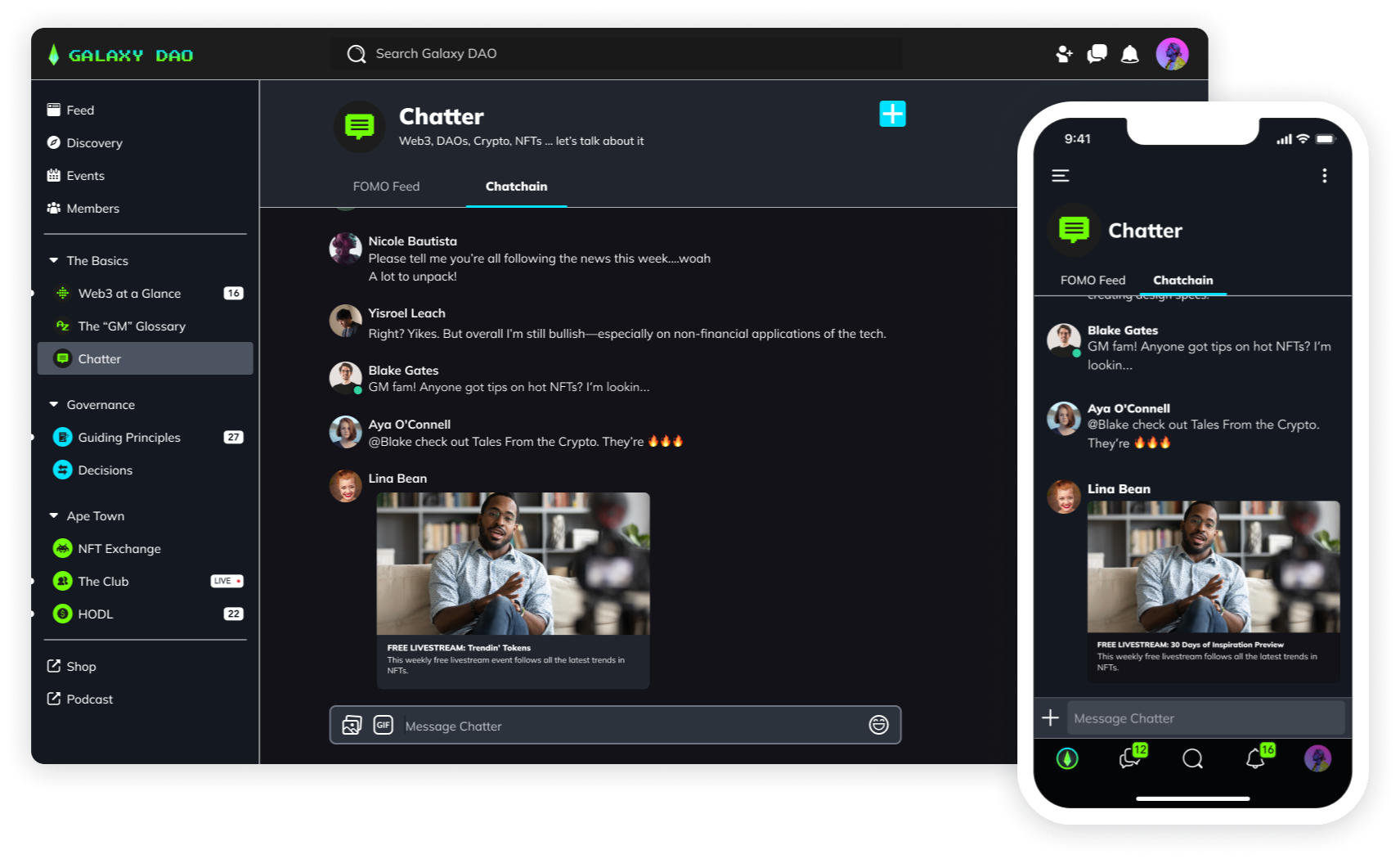
While there are many online course platforms to choose from, a lot of them fall short because they don’t have a space for building a community. Having a space where your members have the opportunity to engage with you, the content, and each other is extremely valuable.
Why?
Because it gives them a chance to master a topic together, and it allows them to connect and learn from each other, which isn’t just necessary for their success. It’s crucial to your course’s success as well.
Humans are wired for community. Your members will find joy, purpose, and energy being a part of something bigger than themselves. They will become better, together, by working towards a common goal.
Additionally, online communities are more accessible to a wider range of people. Especially with so many employees who work remotely, this is a necessary feature to bring like-minded people together.
Even when employees are done with your course, they will still have a space to connect, network, learn, and grow.
App
Speaking of accessibility, people are increasingly interacting with content and communities through their phones and mobile devices. The best online courses and communities allow you to build a space that is available where your members are.
Take, for instance, Mighty Networks, which has powerful tools to make your online course and community available whenever, wherever.
When you use a Mighty Network, your members will be able to access your content wherever they are across the web and via the Mighty Networks app — available on Android and iOS. With Mighty Pro, you get a white-label app to bring your brand to your members, wherever they are. This gives your brand more legitimacy and increases member engagement.
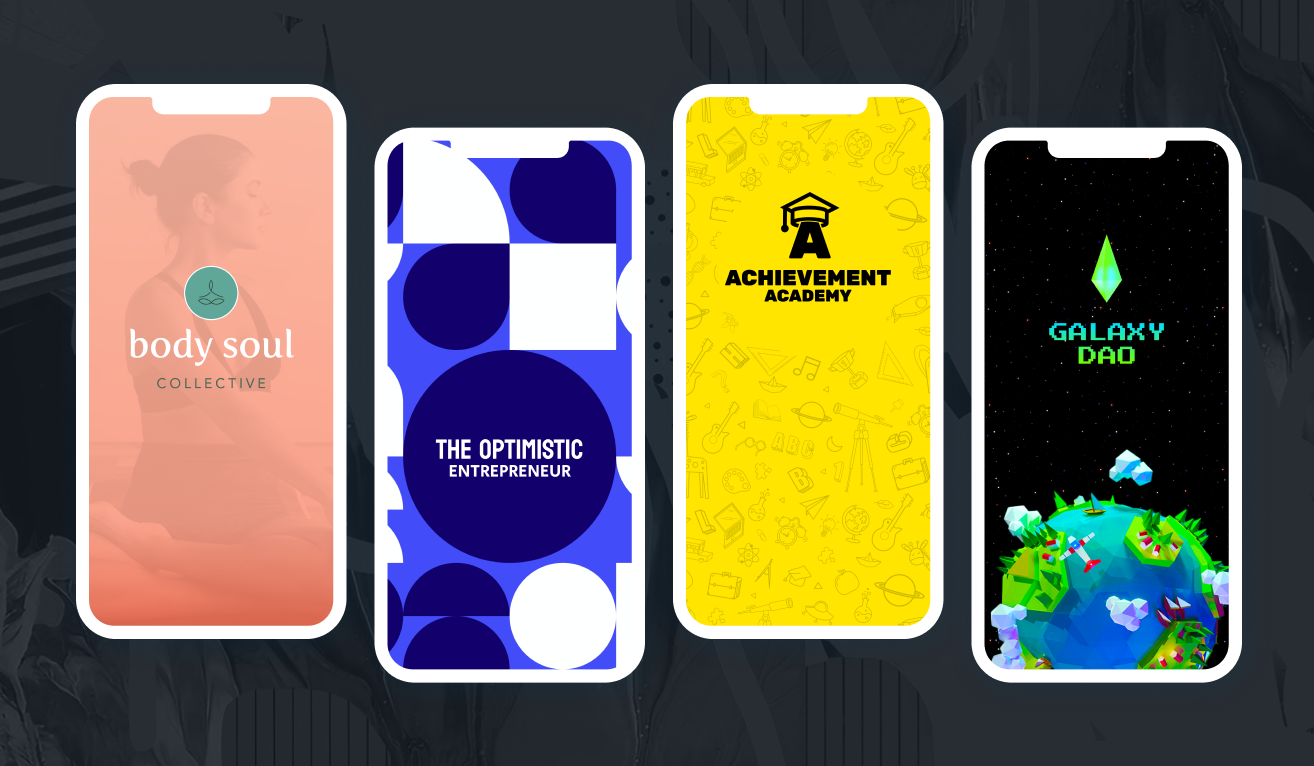
6. Decide on Pricing
If you’re a business creating an online training course for your own employees, it might make the most sense to distribute it for free. If you’re a B2B educator and you’re selling your online course to businesses, you’ll want to decide on a price.
It’s common for creators to undercharge for their online courses, and it may be tempting to price it for a lower fee if it’s your first one. Don’t! Remember, you’re taking students on a transformative journey, helping them learn something new and gain knowledge to evolve in their careers. Most companies also have a budget set aside for employee learning and development.
One way to determine your price is to figure out how valuable your online training course is to your clients and then settle on a cost that reflects that value.
Ask yourself the following questions:
Without your online training course, how else would your ideal students get results?
How do you stand out from your competitors? Do your ideal students get results faster? Is your online training course more comprehensive? Is your course easier to understand?
When your ideal students get the results you claim to offer, what would it mean to them or their employers?
What price would make it all worth it for you?
You’ve created an online training course that helps members achieve a goal that they couldn’t otherwise get on their own and that’s HUGE! Remember too that you’re selling to businesses that probably have the resources to pay higher prices and need your online training course. You’re their vehicle for investing in their employees, so make the price worthwhile for yourself and all the hard work you put into creating your course.
One tactic is to consider value-based pricing – what would your client have to pay to get the result otherwise. So, if you’re doing a social media marketing course as a B2B educator, how much would they have to pay to either hire new social media marketers or to train existing ones? Probably quite a bit. If your course solves this for them, it’s worth a lot.
We’re not saying to gouge your clients either, but it’s important to recognize that people and businesses value what they pay for. And they value things in proportion to how much they pay.
Essentially, the more they pay, the more they’ll value something.
Maybe you’ll lose a few potential businesses who think your online training course is too expensive, but do you really want clients who don’t value your work? The ones who recognize the value you’re offering and want to offer it to their employees are the ones you want to sell to, because it’s these employees who will take it seriously, show up, and do the work.
7. Create the course
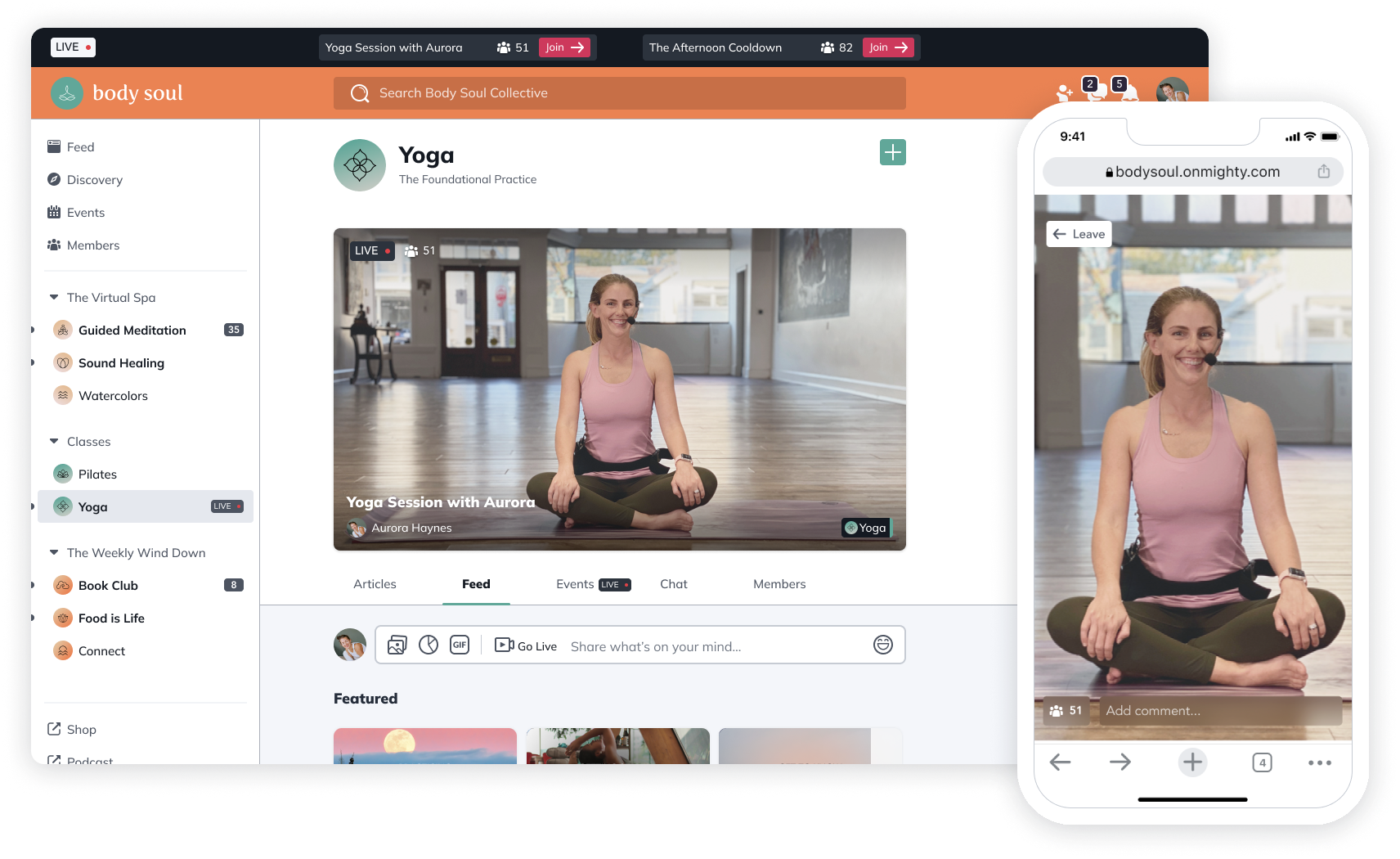
When you’re creating your online training course, something to consider is how your students will be learning the material.
Will it be synchronous learning, where students learn live, at the same time you’re delivering the instruction? In other words, the course is being taught in real-time. Virtual instructor-led training is growing in popularity. Online learning is especially common in the corporate world because this type of learning can be done at scale.
Here are some benefits to synchronous learning:
Students feel a greater sense of connection and community with their peers when they all learn together.
Increases accountability (e.g. motivated to stay until the end).
Some students may learn better in a live setting.
Students are more engaged.
Students can ask questions in real time.
With asynchronous learning students are not learning at the same time you’re teaching the material. Lessons are pre-made and not delivered live but can still include text, videos, quizzes, surveys, etc.
Here are some benefits to asynchronous learning:
It’s self-paced, meaning students can go through the course material on their own time and schedule.
It’s accessible — if a student has a learning disability, they might need more time to learn the material. If a student missed what the instructor said, they can go back to a section, or even pause a lesson. Live instruction doesn’t allow this.
Instructors can scale their offerings, meaning they can record the material once and distribute it to many businesses.
Instructors can spend less time on teaching and more time on helping their students and engaging with them, ensuring they reach their learning goals.
One of the biggest challenges with this type of learning is that students often don’t finish the material because it requires a high level of autonomy and self-direction. To counteract this, increase accountability through engagement features. This is where Community Design™ is so important: even in an asynchronous course, your members will keep coming back if they enjoy the community you’ve built.
Using a course platform like Mighty Networks gives you the option to offer synchronous or asynchronous learning (or both)! For example, you can teach live or add content in real time, providing many opportunities for engagement with your community. On the flip side, it lets you deliver courses at scale for your audience, freeing up your time to engage with students and build deeper connections.
You can read our comparison of synchronous vs. asynchronous learning here.
8. Promotion
If you’re creating an online training course internally, then it’s important to let employees know it’s there. You could send a company-wide email detailing the course offerings, or you could post it on a communication platform your business is already using, like Slack. However you decide to promote the course, make sure to give your employees enough notice so they have time to plan for it and make room in their schedule.
Stay in touch with your ideal members
If you’re a B2B educator, then you’ll want to make a marketing plan. Remember how we previously mentioned conducting 1:1 interviews to narrow down your ideal member or client? Well, that’s where this will come in handy again. Because some of these ideal members will become your first customers.
Think about it: you talked to these people at length about their challenges, and they’ll probably see you as the right person to help them solve those challenges with your online training course. So make sure to stay in touch with them and let them know your course is ready!
Use social media
Use social media to your advantage. A professional networking site like LinkedIn or even a more casual platform like Facebook (where you may have some acquaintances looking for an online training course like yours) can be great places to promote. Tease the content slowly by building a content strategy, and you’ll create excitement and anticipation for your course in no time.
Host a free webinar
Think about the times when you were offered something for free and actually ended up buying the product or service. It could have been free meals from a food delivery company, a sample of wine, or even a coaching session where you got free advice about your resume. You can do the exact same thing when you market your corporate online training course by offering a free webinar to potential students.
How? Create an informative webinar introducing yourself, your perspective, and the course you’ll be teaching. You could even give some actionable tips so that attendees leave with something they can put into practice.
Regardless of how you decide to promote your online training course, always include a call-to-action (CTA) at the end (whether it’s an email, social media post, or webinar) so that your ideal members know where and how to purchase your course for their business. You’ll be getting clients in no time!
9. Feedback & adjustment
Even after you’ve launched your corporate online training course, the work isn’t over! As you release content for your course, you’ll learn what your students are enjoying and what isn’t quite resonating with them. If you don’t know for sure how your students feel… ASK!
Reach out to your students and ask them for feedback. You can also have “office hours” or host a live event where students share their thoughts. Ultimately, you want your students to be getting the most out of your course, so hearing what they have to say and then actually making the adjustments is critical. It builds trust, it creates more engagement, and your students will know you care about their goals.
Receiving feedback will also help you with course design and promotion. Once you know what your ideal members like and dislike, you’ll have a better understanding of how to market your corporate online training course to reach a larger audience.
Conclusion - Come build with us!
We’ve gone through how to run an online course, but none of it will matter if you don’t choose a great community and course platform to build yours on. There are a ton of options out there, but none compare to a Mighty Network.
When you build your course on a Mighty Network you can create beautiful content catered to your business or the B2B customers you’re selling to. When you upgrade to Mighty Pro, you can have everything (including a native mobile app available on both iOS and Android devices) branded and customized to your liking.
Best of all, we offer outstanding community features, online course creation tools, virtual events, and so much more! Our platform evolves and grows as you do.
We can’t wait to see what you create!
Ready to start building your course?
Ready to start building your community?
Start a free 14-day trial to explore Mighty—no credit card required.
More like this
Join Mighty Community
Learn the principles of Community Design™ (and see them in action) alongside thousands of creators and entrepreneurs. It's free to join!

Online Courses
Creating a Course
Teaching a Course
Course Platforms
Selling a Course
Communities & Memberships
Community Platforms
Managing a Community
Building a Community
Growing a Community
Monetizing a Community
Content Creation
Creators & Entrepreneurs
Monetization
Content Creation
Starting a Business
Website Builders
Creating & Managing a Website
Events
Event Platforms
Hosting & Marketing Events
Branded Apps
Creating a Mobile App
Coaching Apps
Community Apps
Coaching
Mastermind Groups
Starting a Coaching Business
Coaching Platforms
Filter by Category
Online Courses
Communities & Memberships
Creators & Entrepreneurs
Events
Branded Apps
Coaching
Build a $1 Million Community
This free masterclass went viral—sign up to learn why.

























